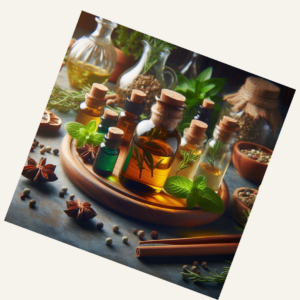Gargle:
A few drops of essential oil are added to a glass of water with a pinch of salt.
Gargle a few times then rinse.
Bleeding Gums:
Single Oils: Cypress
Breath Freshener:
Single Oils: Anise, Peppermint, Cardamom, Caraway
Sore Throat:
Single Oils: Bay Laurel, Monarda (if caused by dental issues), Turmeric, Juniper
Strengthening to the gums:
Single Oils: Fennel. cypress, Thyme
Toothache:
Single Oils: Clove, Chamomile, Mastic, Peppermint, Spearmint, Myrhh, Coriander, Grapefruit, Lavender, Turmeric, Terebinth
Hygiene:
Single Oils: Frankincense, Myrrh, Fennel, Anise, Cinnamon, Eucalyptus
Infection:
Single OIls: Bay Laurel, Tea Tree
Inflammation:
Single Oils: Geranium, Ginger
Gingivitis:
Single Oils: Sage, Sandalwood, Hemlock Spruce
Tonic:
Single Oils: Terebinth, Myrrh, Niaouli
Adenoids:
Single Oil: Terebinth
Sinus Issues:
Single Oils: Juniper, Parsley, Celery
